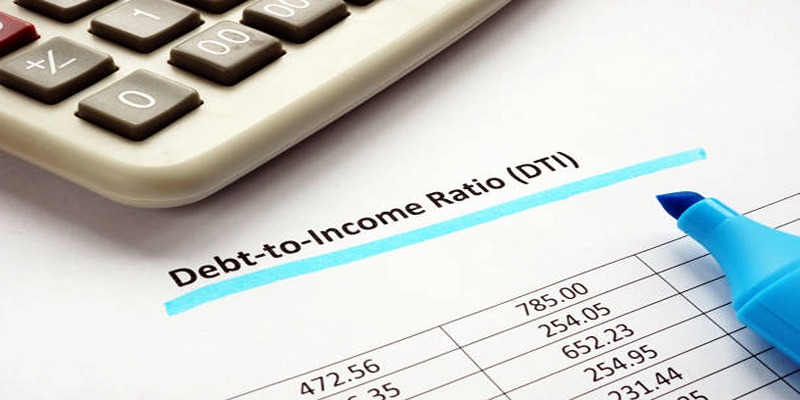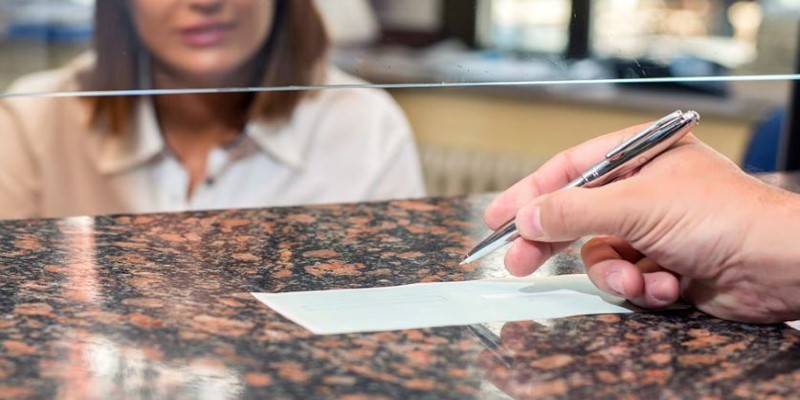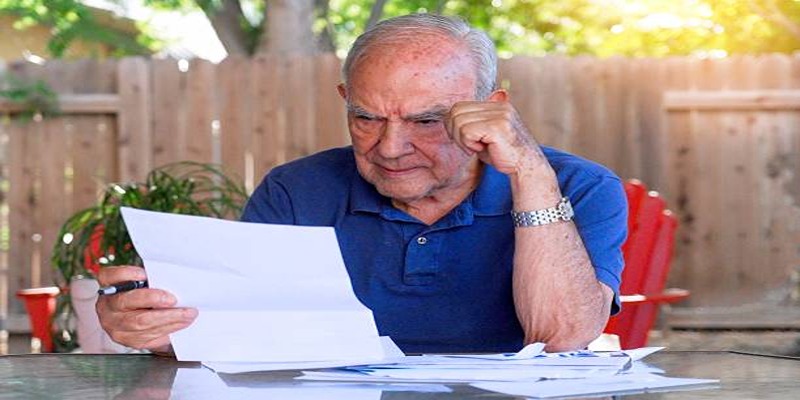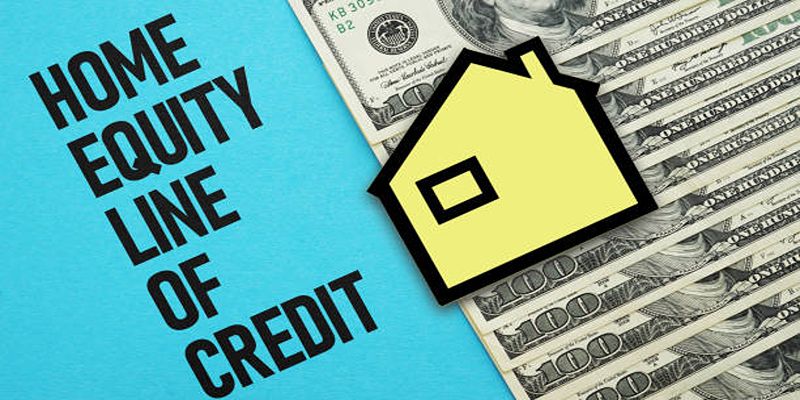Cashing a money order can feel like a puzzle, especially if you're unsure where to go or what steps to take. Whether you’ve received one for a personal transaction or from a business, figuring out how to access those funds quickly is key. Unlike checks, money orders require you to go to specific places to cash them, and the options vary based on your location and whether you have a bank account.
In this article, we'll explain where you can cash a money order, how the process works, and what you need to know before heading to your nearest location.
Top Locations for Cashing a Money Order
When you need to cash a money order, choosing the right location is essential for convenience, speed, and minimal fees. Here are some of the top places where you can cash a money order:
Banks and Credit Unions
If you have a bank account, your bank or credit union is often the best place to cash a money order. Many institutions allow customers to cash orders directly, though there are certain conditions. First, you must ensure that the money order is drawn from a bank or financial institution with which your bank has a relationship.
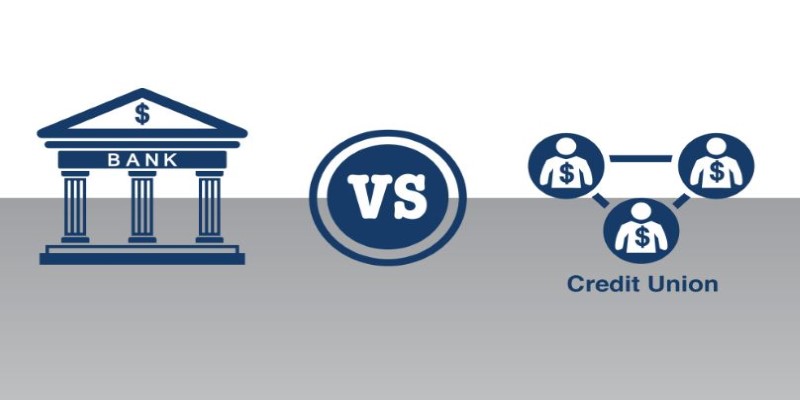
If you cash a money order at your bank, it is also similar to cashing a check. The bank will authenticate it, scan for fraud, and process the funds. There may be a fee with some banks, particularly if you are not an account holder with them. In order to be prepared for surprise charges, you should contact your bank ahead of time to see what their policy and fee will be for cashing money orders.
If the same institution issued the money order, the process can be quicker and more straightforward. For example, if you have a money order issued by the U.S. Postal Service (USPS), many banks will accept and cash it without issue, though some may charge a small fee.
Retail Locations
In addition to banks, several retail stores offer money order cashing services. Retailers such as Walmart, Rite Aid, and CVS allow customers to cash orders for a fee. Walmart, in particular, is one of the most popular places for cashing money orders due to its accessibility and reasonable fees.
To cash a money order at a retailer, simply bring your money order and identification to the customer service desk or designated area. Retailers will typically charge a flat fee for cashing money orders, and the process is usually quick, making it an attractive option for those who don’t have bank accounts or don’t want to deal with the long lines at a bank.
However, there are a few things to keep in mind. Retailers often have limits on the amount of money you can cash at one time. For example, Walmart will cash orders up to $1,000, but anything beyond that may require additional documentation or verification. Also, the fee for cashing a money order at a retail location can vary, so it's important to inquire about the cost before you proceed.
Check-Cashing Services
For those without a bank account, check-cashing services can be an alternative option for cashing a money order. These services specialize in cashing checks, money orders, and other forms of payment for a fee. While they can be more expensive than banks or retail locations, they offer a solution for individuals who may have difficulty accessing traditional banking services.
Check-cashing services are usually located in areas with high foot traffic, such as shopping centers, near bus stations, or in densely populated neighborhoods. Many of these businesses are open longer hours than banks, making them convenient for people who need to cash a money order after regular business hours. It’s important to research the service you’re using, as fees can vary significantly depending on the provider and the amount of the money order.
Before using a check-cashing service, make sure to have a valid ID and be aware of any potential fees, which can sometimes be higher than those of banks and retail locations.
Post Offices and Government Agencies
If you have a money order issued by the U.S. Postal Service (USPS), one of the easiest places to cash it is at a local post office. USPS money orders can be cashed directly at any USPS branch, making it a convenient option for people who need to cash orders that were purchased from the post office.
When cashing a USPS money order, you’ll need to bring identification with you. The fees for cashing a money order at the post office are typically lower than those at check-cashing services, and the process is fairly straightforward. However, it’s worth noting that some post offices may limit the amount you can cash in one transaction, so larger money orders might require additional processing or paperwork.
Online Options
With the rise of online services, there are now platforms that allow you to cash a money order remotely. These services typically require you to scan and upload an image of the money order to their website. Once the service verifies the money order’s authenticity, they will either deposit the funds into your bank account or send you a check.
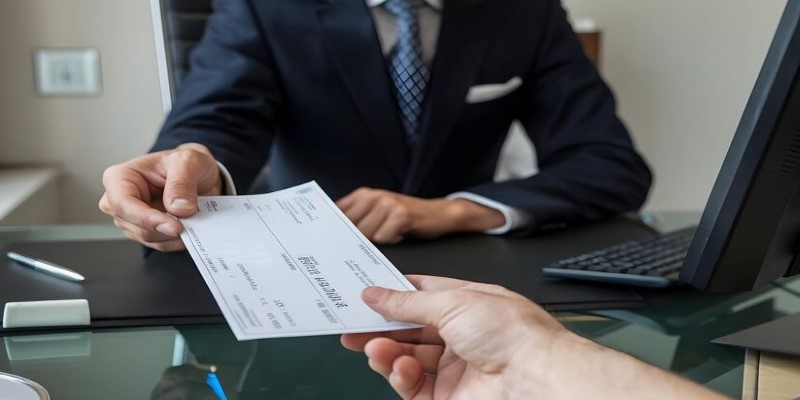
While this option is convenient, it’s important to be cautious when using online platforms. Make sure that the service you choose is reputable and secure. Look for user reviews, check their fees, and ensure that they provide clear instructions for safely processing your money order.
Online cashing services may not be available for all types of money orders, so verify this beforehand.
Conclusion
Cashing a money order is straightforward once you know where to go. Whether it's a bank, retail location, check-cashing service, or online platform, there are various options to choose from. By understanding the process, potential fees, and requirements, you can access your funds without complications. Just ensure the money order is legitimate and use trusted services to avoid any issues. With these simple steps, cashing your money order will be quick and hassle-free.





